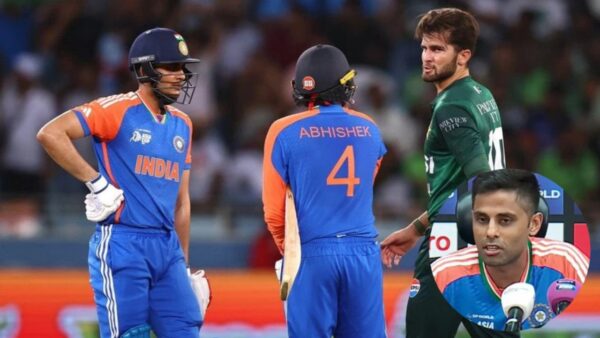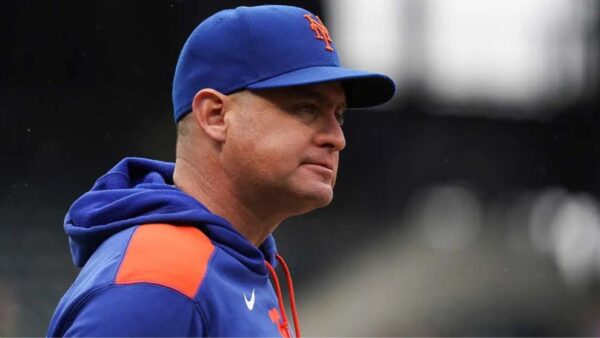“Hamilton and Verstappen are too slow,” driver with quickest reaction time in F1 history is 5x faster than top racers
All about the reaction times of the Formula 1 drivers and how they hone their reflexes to become even better.
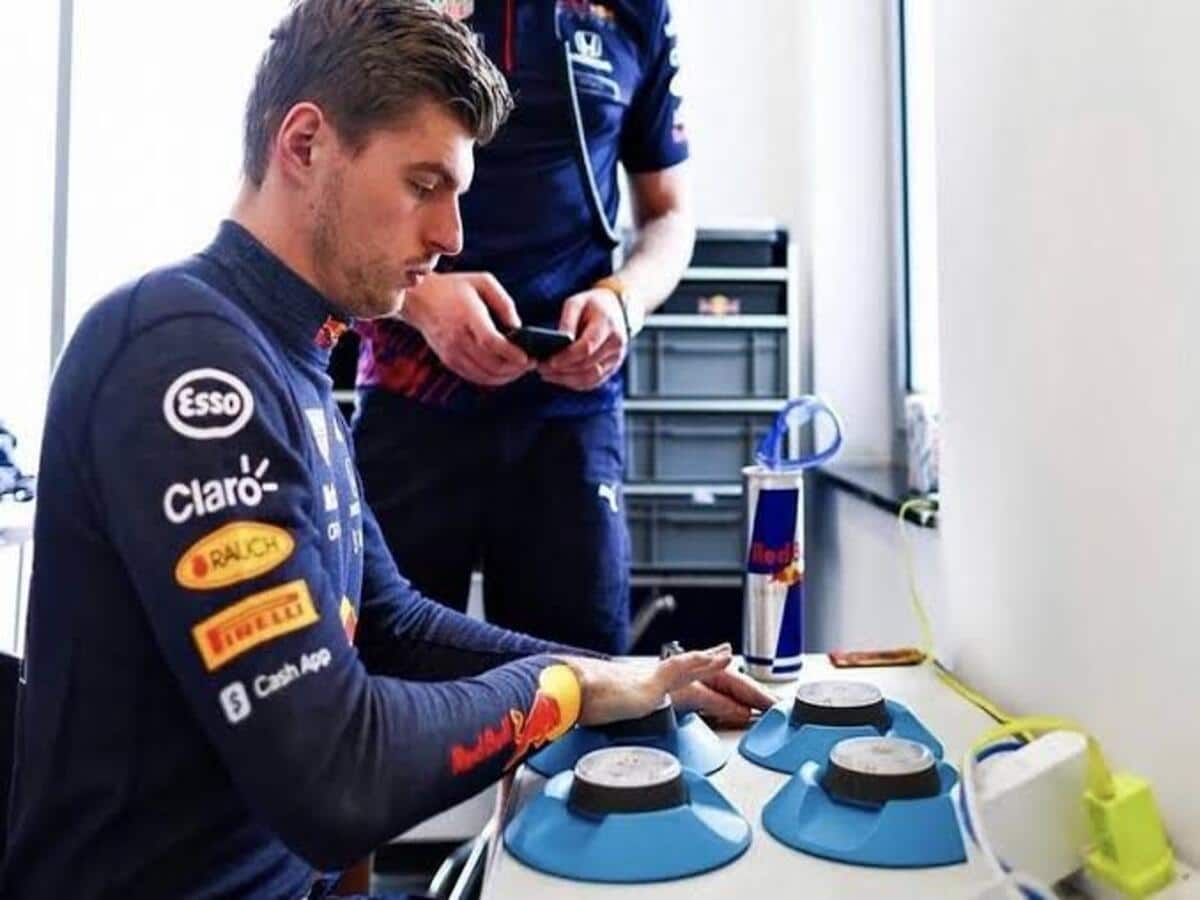
🔍 Explore this post with:
Formula 1 is one of the most dangerous and complex sports in the world, and the racers who take part in it are known to be some of the biggest adrenaline-junkies ever. But entering into such an elite field requires a driver to have a disciplined lifestyle, a robust exercise routine, and a strict diet. Thus, most people believe Formula 1 drivers are somewhat otherworldly in the way they carry out their normal activities.
One of the most striking things about Formula 1 racers is their reaction time. This is the period between the application of a stimulus to the drivers and their reaction to the said stimulus. While a common person has an average reaction time of 273 milliseconds, the number is astonishingly low for a Formula 1 driver. They have to train for years to perfect their reaction time so that they lose the minimum seconds before starting their engines at the beginning of any race.
The fans have all heard of the “lights out and away we go” line that the commentators utter before kickstarting a Formula 1 Grand Prix. While most people eagerly wait for the contest between their favorite racers to start, a tremendous mental warfare goes on amongst the twenty racers on the grid at that time. And as soon as the red lights go out, the racers who revs their engine the fastest gets the best start to their race, and that obviously plays to their advantage.
Related: Which driver has the fastest reaction time in F1?
What is the average reaction time of a Formula 1 driver?

The F1 drivers work on their reaction timings ever since stepping into the field of motorsports. There are several tools to improve the reaction time, and some exercises as well. Many a times, videos of F1 racers taking part in an exercise with their trainers have done rounds on the internet, where they are seen picking up the balls that their trainers drop. The reaction time is improved when the drivers try to pick up the balls as fast as possible. According to a McLaren post, the average reaction time of an F1 driver ranges between 0.2 s to 0.3 s.
What are the reaction times of Max Verstappen and Lewis Hamilton?
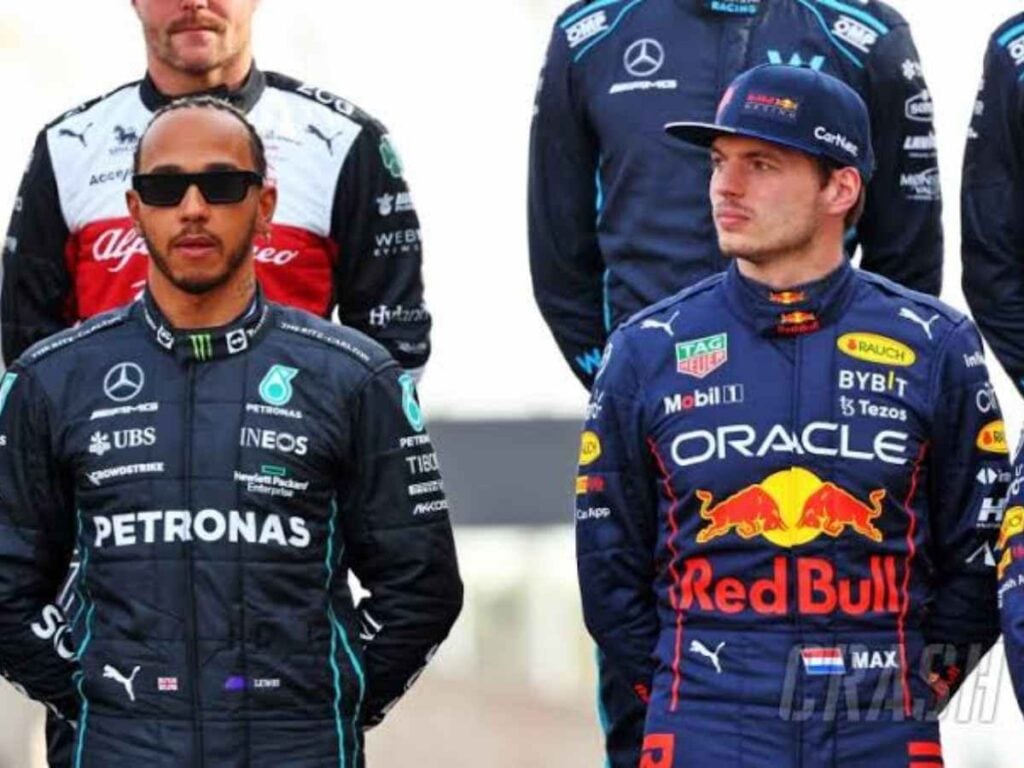
Seven-time World Champion Lewis Hamilton and Formula 1’s wonderboy who managed to break Hamilton’s winning streak, Max Verstappen, are indeed two of the top drivers in the current F1 grid. Both of them have shown off their almost supernatural reaction times in several videos. Quite a few years ago, WTF1 did a test with Max Verstappen which showed that he has a reaction time of 0.231 s. And at the United States 2022 GP, the Dutchman had said that Lewis Hamilton had a reaction time of 0.3 s. But unfortunately, both these top drivers are nowhere near the current F1 racer with the best reaction time till now.
Who is the current F1 driver with the best reaction time till date?
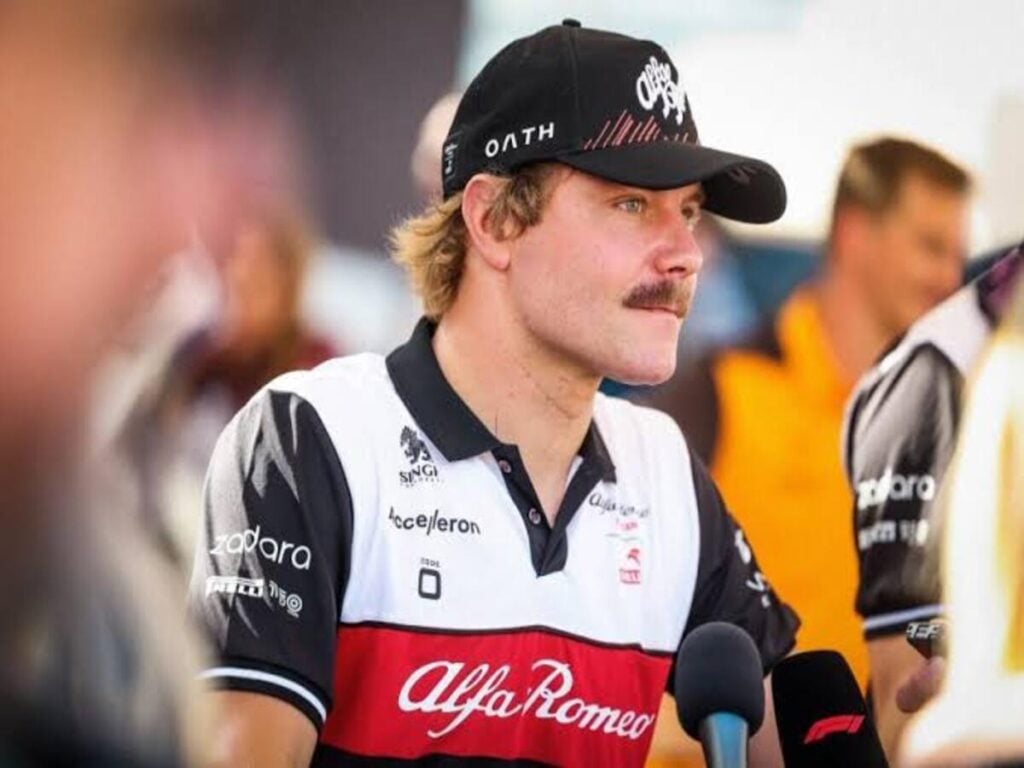
When it comes to the question of who is the F1 racer with the best reaction time in the current grid, Valtteri Bottas takes away the crown. The Finnish racer displayed inhuman abilities when he clocked 0.04s as his reaction time at the Japanese Grand Prix 2019. After the race, Bottas had said, “The race start helped a lot, it was the key thing getting into the lead on that kind of track. My reaction time was rather quick, it was four-hundredths, so maybe my best so far.”
Which racer holds the Guiness World Record for the best reaction time with a Batak Board?
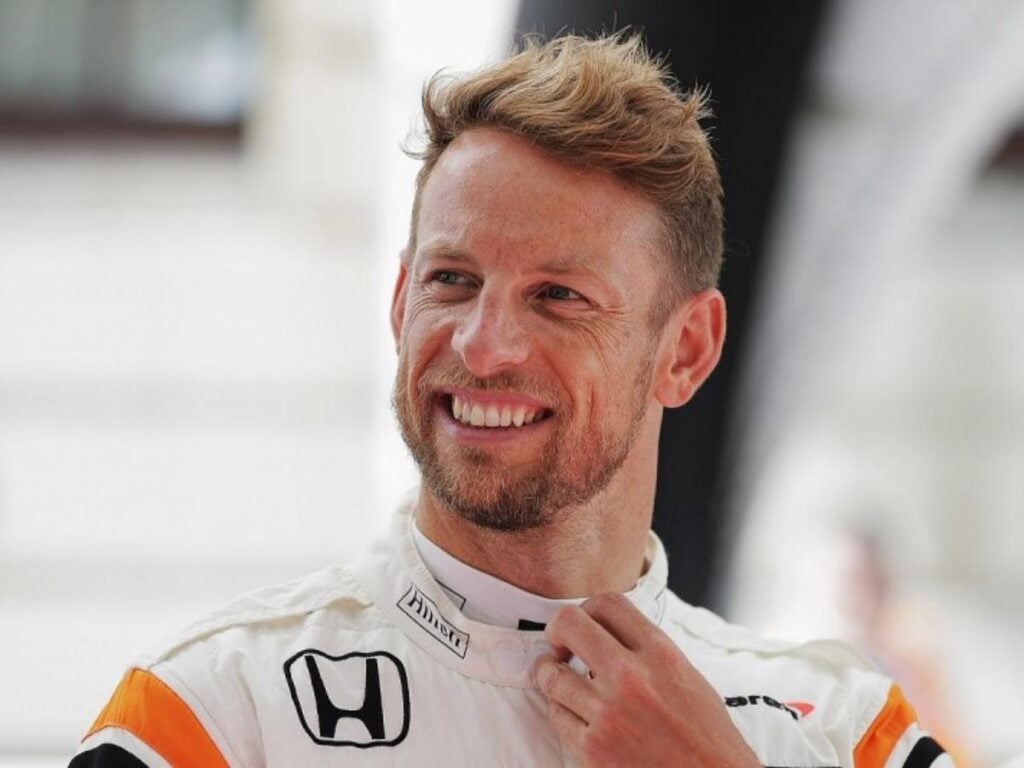
British F1 legend Jenson Button was recently crowned as the Guiness World Record-holder after he surpassed previous awardee Arshia Shahriarhi from Iran at the Batak Board reaction time test. He racked up 58 strikes on the Board in only 30 seconds, breaking Shahriarhi’s record who had gotten 56 stricks in 30 s.
In case you missed it:




